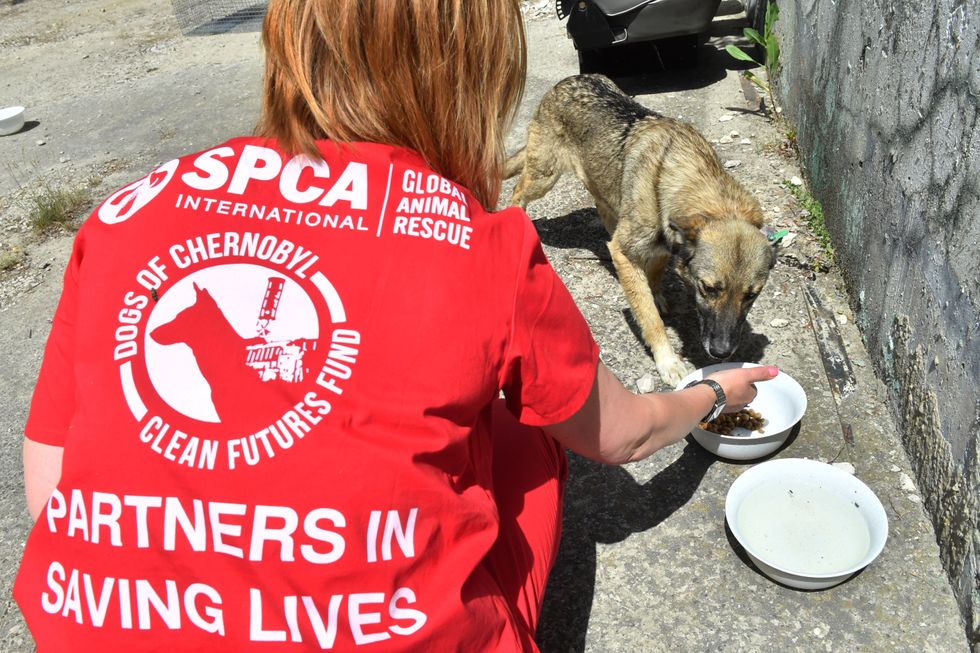Dog theft: Surprising spot targeted by thieves REVEALED as thefts surge
GB NEWS
Analysis of 116 strays near Chernobyl has shown that there are two canine populations which are genetically distinct from other dogs
Don't Miss
Most Read
Trending on GB News
Scientists have discovered that dogs living near the Chernobyl nuclear disaster site have developed remarkable genetic mutations, making them immune to radiation, heavy metals and pollution.
Research analysing blood samples from 116 stray dogs in the Chernobyl Exclusion Zone has revealed two distinct populations that are genetically different from other dogs in surrounding areas.
The findings have suggested that these animals have adapted to withstand long-term exposure to the highly toxic environment, explaining their ability to thrive in the contaminated wasteland.
The research was conducted by a team led by Norman J. Kleiman, who is an environmental health scientist at Columbia University.

In order to conduct the study, blood samples were collected from "semi-feral" dogs during sterilisation and vaccination procedures in 2018 and 2019 (Stock)
GETTY
In order to conduct the study, blood samples were collected from "semi-feral" dogs during sterilisation and vaccination procedures in 2018 and 2019.
First, the dogs were humanely captured near the Chernobyl Nuclear Power Plant and in Chernobyl City, approximately 10 miles away.
Then, the samples were transported to America for DNA extraction and analysis, which revealed the dogs' unique genetic adaptations.
The researchers identified nearly 400 "outlier loci" - genomic locations showing extremely divergent patterns from the rest of the genome.
LATEST DEVELOPMENTS:
Further analysis revealed 52 genes associated with these outlier loci that could be linked to environmental contamination exposure at the Nuclear Power Plant.
These genetic mutations have been passed down through generations, enabling the dogs to adapt to the harsh conditions of the exclusion zone.
Similar adaptations have been observed in other local wildlife, including wolves showing resilience to radiation and mutant Eastern tree frogs.
The Chernobyl disaster occurred in northern Ukraine in April 1986, when a reactor explosion led to the largest release of radioactive material in human history.
Following mass evacuations, the Chernobyl Exclusion Zone was established, which contained radiation levels six times higher than the allowed exposure for human workers.

An estimated 900 stray dogs currently live in the zone, with many believed to be descendants of pets abandoned during the evacuation
GETTY
An estimated 900 stray dogs currently live in the zone, with many believed to be descendants of pets abandoned during the evacuation.
The absence of humans has allowed wildlife, including these resilient canines, to flourish in the contaminated area.
Professor Kleiman said: "Examining the genetic and health impacts of these chronic exposures in the dogs will strengthen our broader understanding of how these types of environmental hazards can impact humans and how best to mitigate health risks," he said.
The research, published in the journal Canine Medicine and Genetics in March 2023, could help scientists understand the effects of prolonged exposure to both radiation and non-radiation toxic environments.







